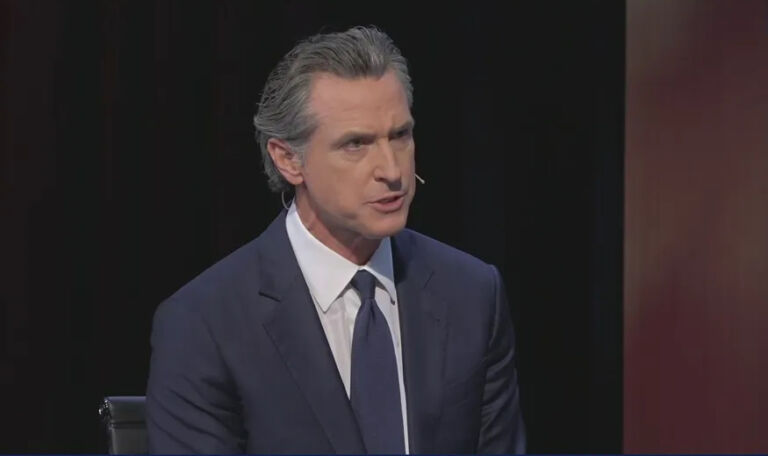As part of the US-Mexico trade deal that was announced last week, the Trump administration argued for and won a $16 per hour minimum wage for auto and auto parts workers in the United States and Mexico. In particular, the agreement states that 40 to 45 percent of the goods coming from factories in either country be made by workers earning a minimum of $16 per hour. According to Bloomberg, this is “twice what Mexican assembly-line workers make, and four times the average at parts companies there.” Of course, American workers are making well above that amount.
So, it must be the case that Trump is supporting this provision because he’s concerned about social justice for Mexican workers. Surely the Trump administration is doing this because it believes that no one should have to work for less than a living wage and it is exploitation by big auto companies to pay Mexican auto workers so much less than American workers. It’s about worker solidarity, right?
Is there anyone, on the right or the left, that really thinks that? Of course not.
Everyone knows why he negotiated this deal. The minimum wage will allow American auto workers to compete with Mexican workers by pricing them out of the market. This, in turn, will discourage auto manufactures from continuing to operate plants in Mexico. In other words, the point is to price Mexican workers out of the market, not to provide them with a “livable wage” or “right an injustice.” Mexican auto and auto parts workers will not see a huge increase in their wages but face the prospects of being unemployed, that is, a zero wage.
Economists have always argued that minimum wage laws prevent lower-skilled, less well-trained and, consequently, less productive workers from being able to compete with higher-skilled, better-trained and more productive workers. In other words, minimum wage laws aren’t compassionate or an expression of social justice but spring from the same sentiment as a tariff or quota: protectionism. They are meant to advance the fortunes of one group of workers at the expense of another. And this is true, whether they are protecting a group of domestic workers from foreign labor competition or one group of domestic workers (typically union or union supported) from another less politically powerful group, such as teenagers or others who have fewer work skills.
Minimum wage hikes during the mid-20th century were pushed by politically powerful labor unions throughout the Northeast to prevent Southern non-union workers from competing for textile and other manufacturing jobs. And unions have always opposed a minimum wage differential for teenagers because it would allow younger and less experienced workers to compete more effectively with older workers. Indeed, it has always been a common refrain that such a differential would allow teenagers to take jobs away from their parents.
It is only more recently, at the earliest since WWII, that the minimum wage in the United States has been supported on social justice grounds. In the early 20th century, the first calls for a minimum wage were primarily to keep lower-wage black and Chinese workers from competing with white labor in the railroad industry. During the debates on the Davis-Bacon Act in 1931, racist motives to protect white workers from black worker competition also raised their ugly head. As economist Walter Williams has pointed out in a 2017 commentary:
Our nation’s first minimum wage law, the Davis-Bacon Act of 1931, had racist motivation. During its legislative debate, its congressional supporters made such statements as, “That contractor has cheap colored labor that he transports, and he puts them in cabins, and it is labor of that sort that is in competition with white labor throughout the country.” During hearings, American Federation of Labor President William Green complained, “Colored labor is being sought to demoralize wage rates.”
Outside the U.S., it is well known that minimum wage laws were primarily supported in apartheid South Africa by whites-only labor unions because native blacks were breaking their diamond mine worker cartel by offering lower wages.
The truth is that, by negotiating this trade deal, the Trump administration is using a minimum wage for what it has traditionally been used for – to keep an underprivileged and less productive classes of workers, in this case typical laborers working in a Mexican auto or auto parts factory, from competing using the only tool they have available to them, lower wages. The further truth is that no one denies this. It is, in fact, the widely recognized purpose of this part of the agreement.
What is especially hypocritical is that the American left, particularly labor unions and union-funded left-wing advocacy groups, deny that this same result would occur if the United States nearly doubled the national minimum wage to $15 per hour. But it is certainly not puzzling, given the history of those unions’ advocacy for higher minimum wages in the past.

